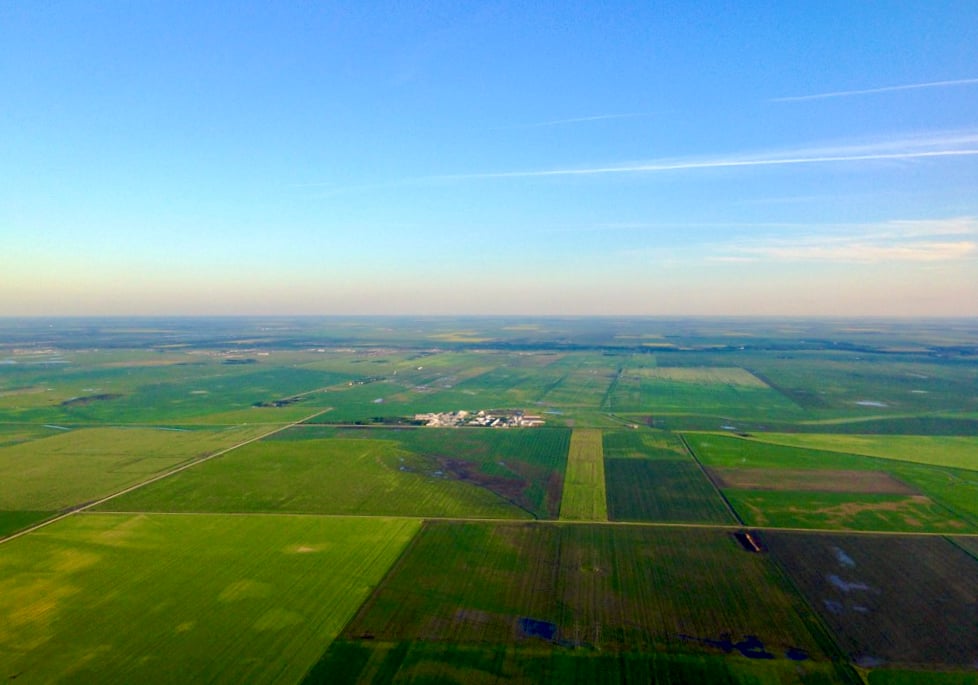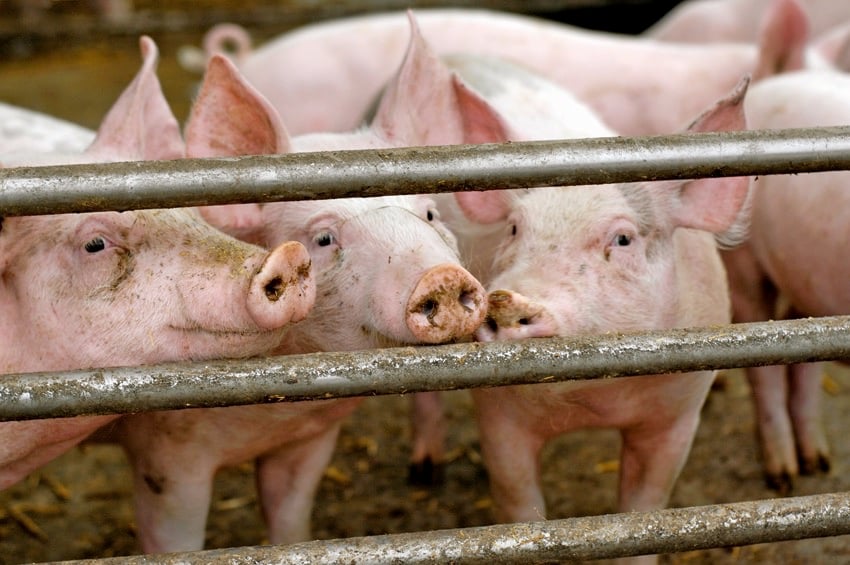Global interest still strong in farmland purchase

Glacier FarmMedia – With 154 million acres, Canada has a decent share of the world’s crop and pasture land.
Read Also


Opinion: Animal welfare law impacts predictable, yet surprising
Glacier FarmMedia – California’s Proposition 12 has become a fascinating case study of voter-consumer behaviours as data emerges on the…
Canada also has stable governments, reliable laws and a favourable climate for growing crops and raising livestock.
But Canada isn’t a destination of choice for global money managers who want to invest in agricultural land, says a representative of a farmland investment firm in Toronto.
Why it matters: Investors are interested in Canadian farmland, but other countries make investments easier to obtain.
“Is there interest in investing in Canadian farmland from non-Canadians? I’d say the answer is yes,” said Andrea Gruza, managing partner with Bonnefield, a farmland investment firm that describes itself as Canada’s foremost provider of land-lease financing for farmers.
Groups that want to invest in Canadian farmland could be pension funds, insurance companies or possibly a “large, wealthy family office,” Gruza explained. They don’t want to own and operate a farm but they do want to invest in agriculture.
“They like the macro-economic dynamics of agriculture …. They have capital available and they’re looking to get a return on their capital.”
Canadian farmland may look enticing to those investors, but most choose to park their money elsewhere; likely America, Australia or maybe Europe, said Gruza.
“When groups look across the globe and see that a region like Australia is open for investment, that’s an easier landscape to navigate (than) Manitoba, Saskatchewan and Alberta and Quebec, (that) will have very specific ownership restrictions …. They’d like to be exposed to Canada. It’s just harder to do.”
Saskatchewan in particular is a difficult place for foreign investors to buy farmland. Provincial regulations restrict ownership to Canadian citizens or permanent residents. Even pension funds and publicly traded entities cannot own farmland in Saskatchewan.
In contrast, foreigners can and do own a sizable share of Australian farmland.
Data from foreigninvestment.gov.au, a government website, says that foreigners owned or partly owned 14.1 percent of Aussie farmland in 2021.
Restrictions and regulations in certain Canadian provinces are a major issue, but other factors also come into play.
The United States has more farmland and more options for potential investors.
“It’s a bigger market … it’s a more mature market. There are a lot of farmland managers who you can put money with …. There’s a lot of different growing regions,” said Joelle Faulkner, chief executive and co-founder of Area One Farms, an Ontario company that partners with farmers on land ownership.
“If you come to North America, you’re going to invest in the U.S (farmland)… first.”
In many parts of the globe, hotter and drier weather is making it difficult to grow crops and produce grass for livestock. The extreme weather is expected to get worse, so Canada’s climate looks attractive to global investors, Gruza said.
Historically, it’s been difficult to grow crops like corn in Western Canada and northern Ontario. If temperatures continue to rise, Canadian farmers could have more options.
“Now having increasing heat units, having slightly longer growing seasons, that’s allowing Canadian farmers … to plant higher value crops,” Gruza said. “That is an attractive opportunity. That is making Canada as a differentiator to other parts of the world.”
Looking ahead, the average age of Canadian farmers (around 58) represents a major opportunity for farmland investors. Over the next 10 to15 years, thousands will retire and may choose to rent their land to a younger producer.
Eventually, the family that owns the land will want to cash out, which means the young producer will need financial help to buy the land.
In such cases, there is an opportunity for a farmland investor to buy the property and lease it back to the young producer, Gruza said.
“We’re going to see increasing situations like that. (Global) investors see that Canada is facing those dynamics.”
– Robert Arnason is a reporter with the Western Producer.
Source: Farmtario.com

